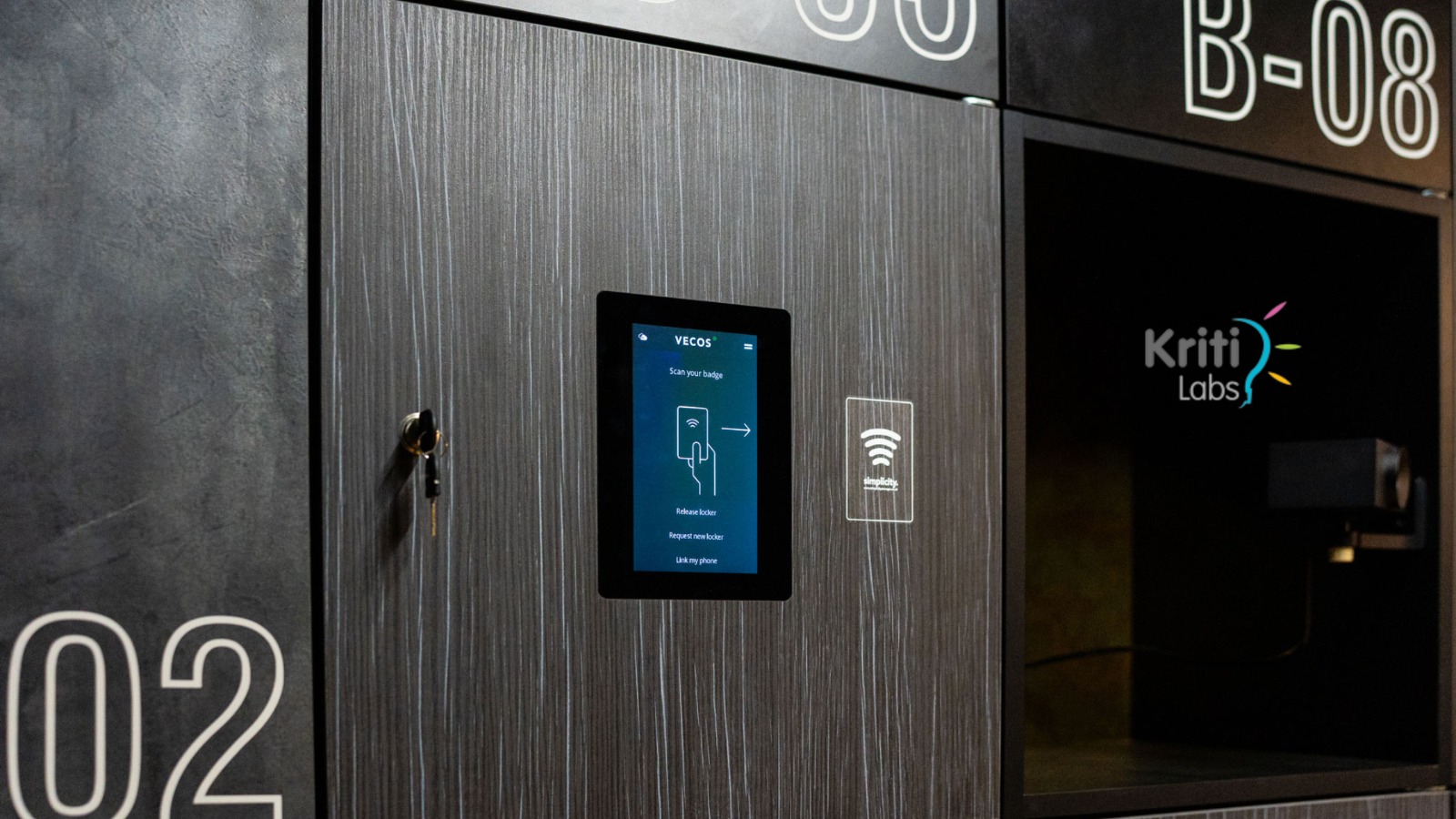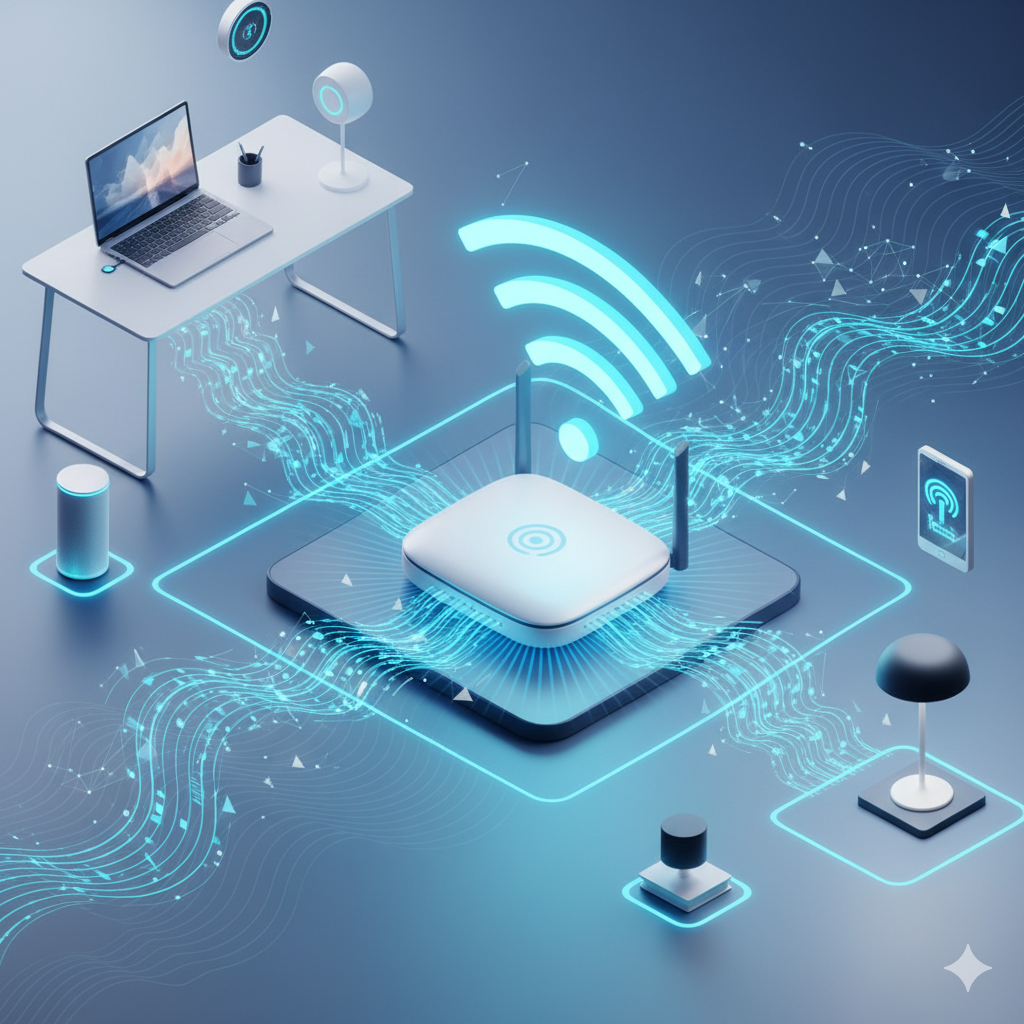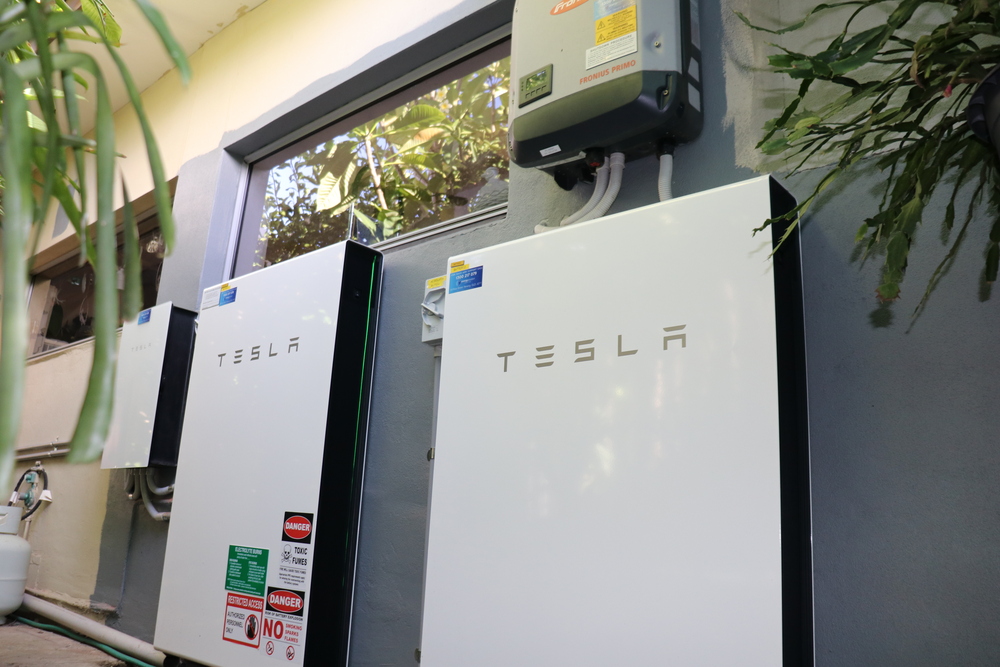In an era of rapid technological advancements, security systems have undergone significant evolution, with biometric authentication emerging as a cutting-edge solution for ensuring secure access. Locker lock systems are no exception, increasingly leveraging biometrics to enhance both security and user convenience. From fingerprint recognition to facial and iris scanning, these advanced technologies provide a seamless and highly secure way to protect valuable assets. This blog delves into the integration of biometric authentication into modern locker systems, examining its transformative potential, key benefits, and the role it plays in enhancing security across various industries.
What is Biometric Authentication?
Biometric authentication is a security mechanism that uses unique biological characteristics—such as fingerprints, iris patterns, voice recognition, or facial features—to verify an individual’s identity. Unlike traditional locks requiring physical keys or codes, biometric systems offer a personalized and secure approach to access control.
Why Biometric Authentication for Locker Lock Systems?
- Enhanced Security
Biometric systems eliminate risks associated with stolen keys or forgotten PINs. Only authorized individuals with pre-registered biometric data can access the locker, ensuring unmatched security. - Convenience
Users no longer need to carry keys or remember codes. A simple scan of their fingerprint or face enables quick and hassle-free access. - Fraud Prevention
Biometric features are difficult to replicate, reducing the likelihood of unauthorized access or fraudulent activities. - Scalability
Modern biometric systems can manage multiple users, making them ideal for shared locker environments such as gyms, offices, and warehouses.
Key Components of Biometric Locker Systems
- Biometric Scanner
- Captures and processes the user’s biological traits.
- Common scanners include fingerprint readers, facial recognition cameras, and iris scanners.
- Controller Unit
- The brain of the system, it matches scanned data with stored templates.
- Ensures secure and accurate authentication.
- Software Integration
- Cloud-based systems for real-time data management.
- Enables monitoring and access logs for enhanced oversight.
- Power Backup Systems
- Ensures uninterrupted operation during power outages.
- Incorporates alternative access methods, such as temporary PINs.
Applications of Biometric Locker Systems
- Commercial Establishments
Banks and offices use biometric lockers to secure sensitive documents and valuable assets. - Educational Institutions
Schools and universities implement these systems for storing examination papers and student belongings. - Warehousing and Logistics
Companies ensure secure storage of high-value inventory and tools through biometric lockers. - Healthcare Facilities
Biometric systems protect patient records and medical supplies in hospitals.
Challenges in Implementation
- Initial Costs
- High setup costs can deter small-scale users.
- However, long-term savings outweigh the initial investment.
- Privacy Concerns
- Users may hesitate to share biometric data.
- Ensuring secure storage and compliance with data protection regulations is crucial.
- Environmental Limitations
- Harsh conditions, such as dirt or moisture, may affect scanner accuracy.
- Advanced waterproof and dust-resistant systems can mitigate this issue.
Future of Biometric Locker Systems
- AI Integration
- Predictive algorithms to enhance user experience and security.
- Blockchain for Secure Data Storage
- Blockchain can provide tamper-proof storage for biometric templates.
- Multimodal Biometric Systems
- Combining multiple biometric traits, like fingerprints and facial recognition, for enhanced accuracy.
- Mobile Biometric Integration
- Smartphones can serve as biometric interfaces, enabling seamless access.
FAQs
1. Are biometric locker systems secure?
Yes, they provide advanced security through unique biological traits that are nearly impossible to replicate.
2. Can biometric locks work offline?
Many systems offer offline functionality but may sync data when reconnected to the network.
3. How do biometric systems handle multiple users?
Modern systems support multi-user environments, storing templates for multiple authorized individuals.
4. What happens if the biometric scanner fails?
Fallback mechanisms, such as backup PINs or physical keys, are usually provided.
5. Are biometric locker systems eco-friendly?
Yes, most systems are designed for low power consumption and offer sustainable operational models.
Conclusion
Biometric authentication is redefining the security standards of locker lock systems, offering a blend of convenience, scalability, and robust protection. With the integration of advanced technologies like AI and blockchain, these systems are poised to become even more effective and user-friendly.
How KritiLabs Can Help you with Integrating Biometric Authentication into Locker Lock Systems
KritiLabs offers innovative locker lock solutions that integrate biometric authentication for enhanced security, real-time monitoring, and efficient access control. With cutting-edge technology and user-centric designs, KritiLabs ensures reliable and scalable solutions tailored to your specific needs. Explore KritiLabs’ expertise to upgrade your security infrastructure today!









